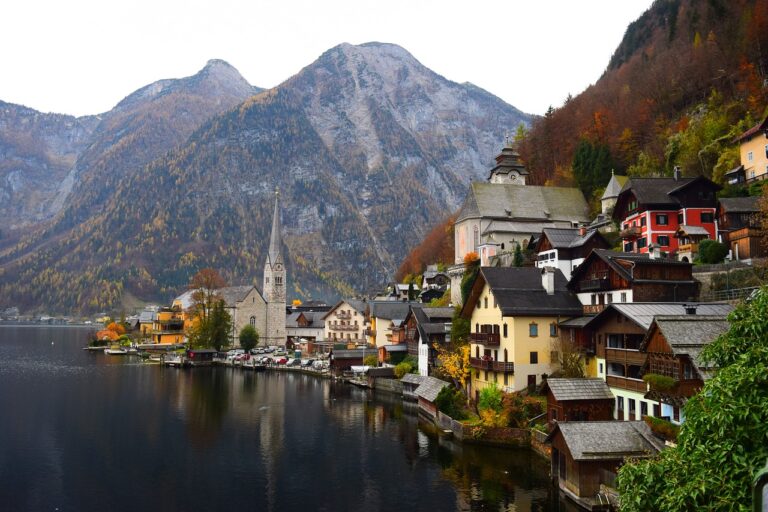The Resurgence of Slow Food Travel: Exploring Culinary Traditions at a Leisurely Pace
The Slow Food movement originated in Italy in the late 1980s as a response to the rise of fast food culture and the globalization of food production. It was founded by Carlo Petrini, who aimed to promote local, traditional, and sustainable food practices. The movement advocates for the preservation of regional culinary traditions, the support of small-scale farmers and producers, and the enjoyment of food that is good, clean, and fair.
At the core of the Slow Food philosophy is the belief that food is more than just sustenance; it is a reflection of culture, identity, and values. By embracing the principles of the movement, individuals can cultivate a deeper appreciation for the food they eat, reconnect with the land and communities that nourish them, and contribute to a more environmentally friendly and socially just food system.
History of Culinary Travel
Culinary travel has a rich history dating back centuries. As early as the Roman Empire, people traveled to sample foods from different regions. This trend continued throughout history, with explorers like Marco Polo bringing back exotic spices and ingredients from their journeys.
In the 18th and 19th centuries, the Grand Tour became popular among European nobility, allowing them to experience different cuisines as they traveled across the continent. This laid the foundation for modern culinary tourism, which has grown exponentially in recent years with the rise of food-focused travel shows and social media influencers showcasing unique culinary experiences around the world.
Benefits of Slow Food Travel
Exploring different cuisines while traveling can provide a deeper understanding of a destination’s culture. Slow food travel allows individuals to connect with local communities and support small-scale producers. By indulging in traditional dishes and visiting local markets, travelers can gain insights into the unique flavors and ingredients of a region.
Additionally, slow food travel promotes sustainability and environmental consciousness. By sourcing ingredients locally and choosing farm-to-table dining options, travelers can reduce their carbon footprint and support eco-friendly practices. This mindful approach to food not only benefits the environment but also contributes to the preservation of culinary traditions for future generations to enjoy.
What is the Slow Food Movement?
The Slow Food Movement is a global grassroots organization that promotes the consumption of locally sourced, seasonal, and traditional foods. It emphasizes the connection between food, culture, and the environment.
How does slow food travel differ from regular travel?
Slow food travel focuses on experiencing a destination through its food and culinary traditions. It involves taking the time to savor local dishes, visit markets, and interact with food producers.
What are some benefits of slow food travel?
Some benefits of slow food travel include a deeper connection to the local culture, support for small-scale food producers, and a more sustainable approach to travel.
How can I incorporate slow food travel into my next trip?
You can incorporate slow food travel by seeking out local restaurants and markets, participating in cooking classes or food tours, and learning about the food culture of the destination you are visiting.





